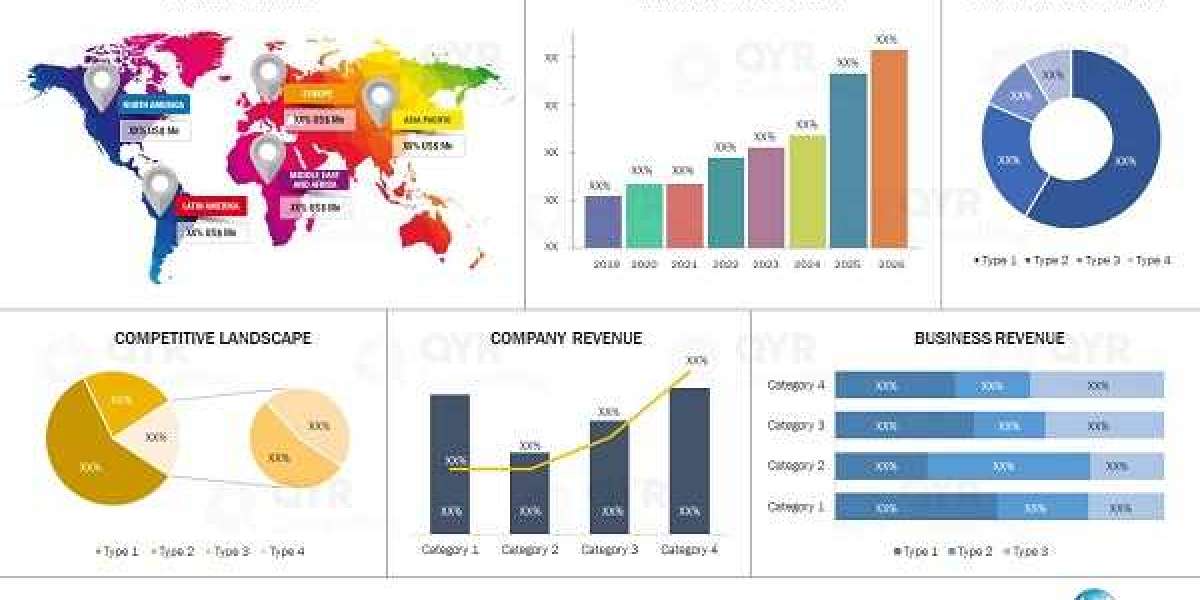In the current digital earth, computers and gadgets have become essential in both our personal and qualified lives. As technology developments at a rapid speed, older versions become outdated, and many persons, companies, and institutions are remaining with discarded devices. The escalation in obsolete computers attributes significantly to the growing dilemma of digital spend, or e-waste, which will be quickly becoming one of the most significant environmental considerations of the 21st century. Nevertheless, computer computer recycling companies recycling gifts an important solution to mitigate the negative affects of e-waste, contributing to environmental sustainability and resource conservation. In this article, we will investigate the importance of computer recycling and why it is required for a sustainable future.
What Is Computer Recycling?
Pc recycling refers to the procedure of obtaining, dismantling, and repurposing previous computers and their components to prevent them from finding yourself in landfills. Through recycling, valuable resources such as metals, pockets, and world panels are recovered and repurposed for delete, while harmful resources are properly disposed of in a environmentally responsible manner. The primary aim of computer recycling is to cut back environmentally friendly impact of e-waste, save valuable resources, and minimize pollution.
The Growing Problem of E-Waste
As technology evolves, consumers frequently change their computers with the newest versions, leaving older units to be discarded. This creates a huge escalation in digital spend, significantly which comprises outdated computers. In line with the International E-Waste Check 2020, the world produces over 53 million metric tons of e-waste every year, and computers make up a substantial part of the total. The United Countries estimates that by 2030, e-waste generation will increase to 120 million metric tons annually.
While gadgets like computers are designed for a limited life, the absolute volume of e-waste is concerning. Many of the resources found in computers, such as lead, mercury, cadmium, and fire retardants, are very toxic. When disposed of badly, these ingredients can leach to the soil and water, causing long-term environmental damage. Furthermore, valuable resources, such as important metals and rare planet things, tend to be lost when computers are sent to landfills rather than being recycled.
The Benefits of Computer Recycling
Recycling previous computers is a successful way to combat the growing problem of e-waste and offers a few crucial benefits:
Environmental Safety
One of the main advantages of computer recycling may be the reduction of environmental pollution. By diverting previous computers from landfills, we reduce hazardous compounds and major metals from polluting the soil, water, and air. Furthermore, computer recycling ensures that valuable resources are recovered and reused, minimizing the requirement for new natural resources and lowering environmentally friendly impact associated using their removal and processing.
Conservation of Resources
Computers contain many different resources that may be recycled, including important metals such as gold, gold, and copper, as well as rare planet things like palladium and indium. Recycling these resources assists decrease the demand for mining, which will be frequently destructive to the environment. For instance, mining for gold and other metals can cause habitat destruction, water pollution, and deforestation. By recycling previous computers, we lower the need to remove new resources from the earth, conserving valuable resources for potential generations.
Reduced amount of Carbon Presence
The manufacturing procedure for computers and gadgets requires significant levels of power and natural materials. By recycling previous computers and reusing their components, we are able to decrease the carbon presence associated with producing new devices. Furthermore, recycling removes the requirement for energy-intensive procedures, such as mining, refining, and manufacturing new resources, helping to lessen greenhouse fuel emissions and combat environment change.
Financial Development and Job Creation
The computer recycling industry plays a part in financial growth by creating jobs in several sectors. From the collection and transport of e-waste to the dismantling and control of gadgets, recycling produces employment possibilities in both developed and establishing countries. Several recycling centers also offer restored computers for resale, which gives economical technology options for persons and organizations.
Knowledge Safety
When losing previous computers, it's essential to ensure that sensitive and painful information is effectively deleted to safeguard personal and company information. Several computer recycling companies offer information destruction services, which securely wash hard disks and other storage units to prevent unauthorized usage of confidential information. This service is vital for companies that manage sensitive and painful information, since it helps in avoiding information breaches and personality theft.
The Computer Recycling Process
The process of recycling a computer requires a few stages to ensure that resources are effectively recovered, harmful ingredients are properly disposed of, and environmentally friendly impact is minimized. Here's an overview of the measures involved in computer recycling:
Series and Working
The first faltering step in the recycling process is obtaining previous computers from consumers, companies, or recycling collection points. Once gathered, the machines are sorted centered on the components, such as desktops, laptops, screens, and peripherals. Working is important to ensure that each piece is processed in the absolute most successful and suitable way.
Disassembly and Substance Divorce
After working, the computers are disassembled to split up their components, such as world panels, hard disks, storage chips, and energy supplies. Throughout disassembly, reusable resources, such as metals, pockets, and glass, are extracted. Some units, such as screens and units, involve specific handling due to the existence of harmful resources like cathode lewis pipes (CRTs) or mercury.
Shredding and More Divorce
The components are then shredded into smaller pieces to help the separation of materials. This may contain metals, pockets, and important metals like gold, gold, and copper. Mechanical and chemical procedures, such as magnetic separation, are accustomed to retrieve these valuable resources, which can be reused in the manufacturing of new devices.
Secure Removal of Dangerous Materials
Particular aspects of computers, such as batteries, cathode lewis pipes, and world panels, contain harmful resources that want secure disposal. Recycling centers follow rigid rules to ensure that these ingredients are handled and disposed of in a environmentally responsible manner, blocking contamination of the environment.
Refurbishing and Reuse
Sometimes, components or whole computers can be restored for reuse. For instance, spending so much time pushes, processors, and storage chips might be resold or repurposed for use in new devices. Refurbishing is just a sustainable way to extend the life of previous computers, lowering the requirement for new manufacturing and minimizing waste.
How to Recycle Your Computer
To ensure your previous computer is recycled effectively, follow these easy measures:
Find a Authorized E-Waste Recycling Center
Try to find licensed recycling centers that specialize in e-waste. Certifications such as the Responsible Recycling (R2) or e-Stewards make sure that the recycling facility follows most useful practices for environmental and information protection standards.
Remove Personal Knowledge
Before recycling your computer, ensure that most private data is deleted from the hard drive. Use data-wiping computer software to securely delete files or eliminate the hard disk entirely for destruction.
Offer or Offer Functional Devices
If your computer remains in functioning problem, consider donating it to a charity or selling it. Several colleges, nonprofits, and neighborhood organizations accept donations of applied computers for refurbishment and reuse.
Effectively Get rid of Accessories
Do not overlook to recycle accessories such as units, keyboards, and monitors. These materials frequently contain resources that may be recovered and reused, and they should be disposed of in the same manner to computers.
Conclusion
Pc recycling is an essential training for lowering environmentally friendly impact of e-waste, conserving valuable resources, and selling a sustainable future. By recycling previous computers, we are able to protect the environmental surroundings, save organic resources, and decrease the carbon presence associated with the generation of new devices. As consumers, companies, and governments, it's our duty to ensure that computers and technology are recycled effectively, contributing to a greener and more sustainable world. Through responsible recycling, we are able to change previous technology into valuable resources and pave just how for a far more sustainable











